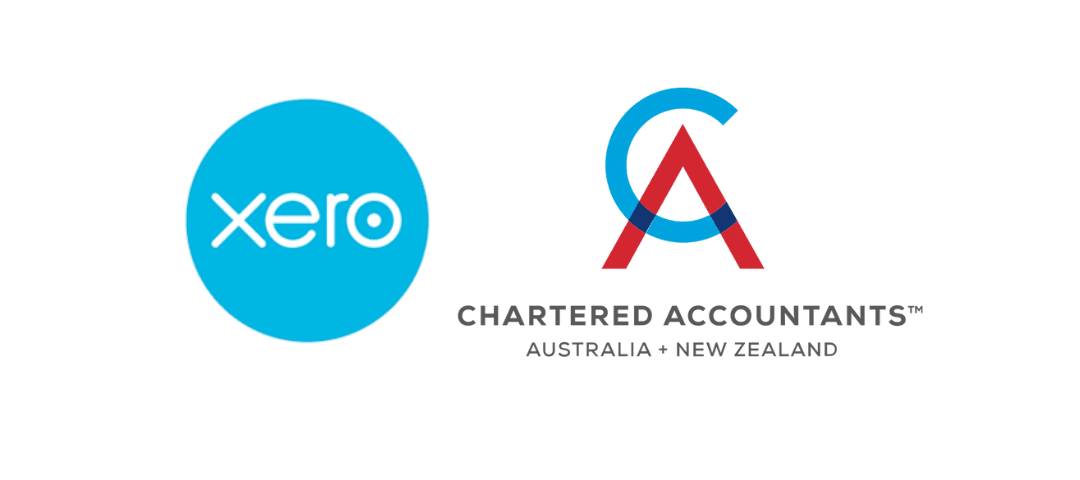A dividend is a distribution of profits a company makes to its shareholders. Sometimes, they can be confusing, especially the extra 5% dividend withholding tax (DWT) and the difference between cash and non-cash dividends. This article explains dividends in more detail.
What we have noticed is that our most successful clients understand accounting and tax well. They know the rules of the game and then can tweak and adjust their game plan to win. Our aim is to extend this knowledge to our clients so you can make high-quality decisions to achieve your goals.
What are dividends, and how are they taxed?
Dividends are paid from after-tax profits to the shareholders of a company. A company pays tax at a 28% rate to Inland Revenue Department (IRD). The after-tax profits (72%) are retained in the company as retained earnings. Retained earnings form part of the company's equity and sit in the balance sheet of the financial statements.
The tax that a company pays to the IRD is called an imputation credit which is important to know and understand. Imputation credits can be lost or forfeited when the shareholding of a company changes (often refered to as shareholder continuity). This is beyond the scope of this article but we will address in a future post.
Imputation credits are essential because when dividends are paid to the shareholders, the tax that the company has already paid IRD (28%) is attached to the dividend, so the shareholder receives that same tax credit. This way, the shareholder is not double taxed on the dividend when it receives it (it gets the 28% imputation credit that the company already paid).
However, the company must also pay dividend withholding tax (DWT) when it pays a dividend. This is an extra 5% tax on top of the 28% it has already paid. When the dividend is declared, the 5% DWT is paid to IRD on the 20th of the month following.
When the shareholder receives the dividend, it will have 33% tax credits attached. If the shareholder has a total income (including all other sources of income such as PAYE income etc.), of between $70 - $180k pa, then no further tax is payable because the dividend already has sufficient (33%) tax credits attached.
If the shareholder has an income of more than $180k pa, then the shareholder will have an extra 6% tax to pay being the difference between the 39% marginal tax rate for income above $180k and the 33% tax credits already attached to the dividend received.
If the shareholder has an income of less than $70k, they will receive a tax refund of the DWT paid.
How are dividends paid?
A company can pay a dividend in cash. This is how many investors think of dividends and is particularly true of investments in publicly listed companies. For example, AirNZ may pay a cash dividend to shareholders on a regular basis based on the number of shares they own. The shareholders receive a payment (after tax) into their bank account.
For our clients, it is common to take a cash drawing (not a dividend) from the business when cashflow allows during the year. Our clients are in charge (normally, they are directors as well as the shareholders) of the bank accounts and cash flow management (rather than investors).
Furthermore, often the shareholders have contributed cash to the business (accounted for as a loan). Therefore, by taking out the cash now, they are repaying the loan. Repayment of the loan is non-taxable (similar to how taking a loan from the bank is non-taxable). However, loan repayments are generally made from profits (which are taxable).
When shareholders take cash drawings regularly, the shareholders will owe the company money (a shareholder current account loan). This is the outcome when the shareholders take all the cash out of the business. From a profit perspective, the company has made a profit and pays tax on the profit, and the after-tax profits sit as retained earnings. As we outlined earlier, a dividend is the process of paying the retained earnings to the shareholders.
When the owners have taken the cash out of the business already, the dividend will be credited to the shareholders' current accounts. This means that the dividend is not paid in cash but is accounted for (by way of an accounting journal) as an amount owed by the company to the shareholder. It can, therefore, contra off with any cash drawings already paid.
In summary, when a dividend is credited to the shareholders' current accounts, it is an accounting journal and non-cash; the shareholder may have already withdrawn the cash, or if it hasn't already withdrawn the cash, they can do so later. DWT is still required to be deducted from non-cash dividends.
Tax Details and Legal Requirements:
There are several tax and legal requirements (under the Companies Act 1993) when paying a dividend.
Ensure the company has sufficient retained earnings and imputation credits to pay to the shareholders. If there are no imputation credits, the shareholder will pay more tax on the dividend and the company can be charged penalties for having a debit imputation credit account balance.
The company is required to have a company minute being a resolution of the directors to pay the dividend.
The company is also required to have a solvency certificate which outlines that immediately before and after the distribution, the company will satisfy the solvency test and the company is able to pay its debts as they fall due in the normal course of business and the value of the company's assets is greater than the value of its liabilities including contingent liabilities.
Contact Us
Contact Tim Doyle or Jane Evans today to discuss any payroll queries or your business (or any other matter) on 07 823 4980 or email us. Our office is in Cambridge, NZ, but distance is no problem. We have many international and national clients.
This material has been prepared for informational purposes only, and is not intended to provide, and should not be relied on for, tax, legal or accounting advice. You should consult your own tax, legal and accounting advisors before engaging in any transaction.





